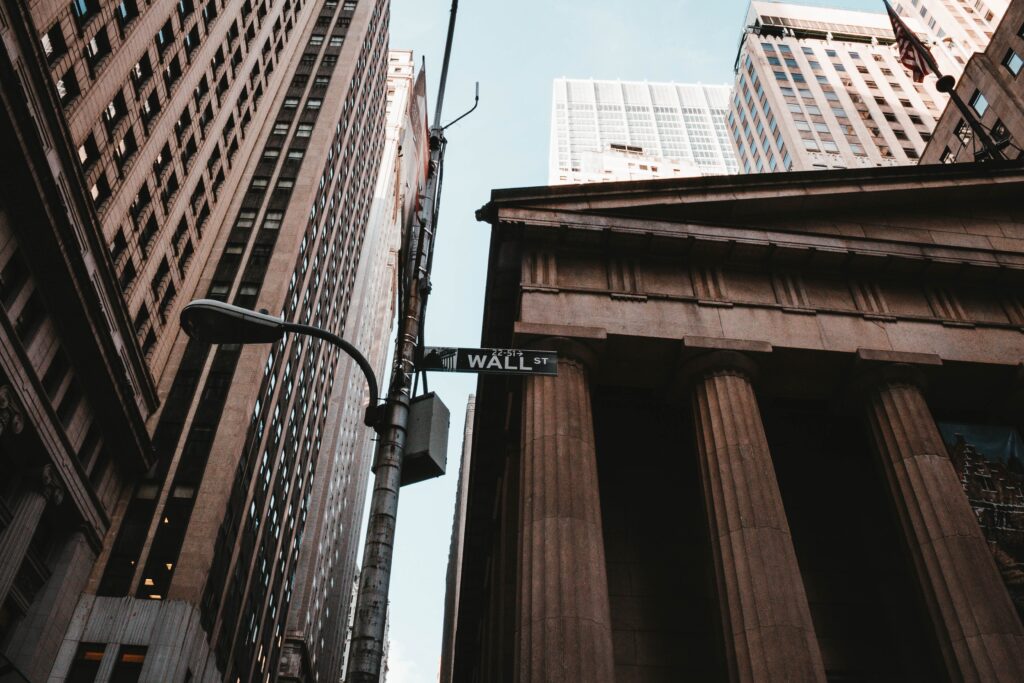In the current global discourse, the term “inflation” is being thrown around at an ironically inflationary rate. Yet, this isn’t a debut for inflation in the news headlines – nor is it likely to be the last time we see it take center stage.
To truly grasp the scope and scale of inflation, we need to delve deeper into its historical occurrences and the consequential impacts it has spawned worldwide.
What triggers a sudden surge in inflation?
Simply put, inflation indicates an escalating trend in the overall price levels within an economy over a specified timeframe. As prices ascend, the purchasing power of your money inevitably descends – you can procure fewer goods and services with the same amount of money.
Essentially, inflation equates to a deterioration of purchasing power for each monetary unit.

Instead of panicking, we can strategize to mitigate the repercussions of inflation. A potent tool to equip ourselves is the study of history.
Examining historical episodes of inflation not only situates our current situation within a broader framework, but it also makes for an intriguing exploration!
Three serious examples of inflation in history
Greece during World War II
During World War II, the monetary value in Greece was in a rapid free fall, essentially halving every few days.
In the years preceding the war, the Greek government was boasting a significant budget surplus. However, this quickly flipped into a deficit that tripled in size in the subsequent year, largely due to a substantial downturn in foreign trade as a consequence of the war.
Following the invasion by the Axis powers, Greece was coerced into providing financial reparations to 400,000 of their soldiers. As tax revenues shrank and the nation found itself unable to cover its wartime expenses, Greece was forced to turn to its central bank to supply the needed funds.
This desperate move culminated in one of history’s most egregious instances of hyperinflation.
Yugoslavia after the Soviet Union’s fall
Yugoslavia also fell victim to the scourge of hyperinflation.
In the wake of the collapse of the Soviet Union, wars broke out in the 1990s as new sovereign nations sought independence. These refused to trade with each other, bringing economic activity to a halt.
The situation was further exacerbated by economic sanctions imposed by the West. However, it was the decision of the newly formed Federal Republic of Yugoslavia to maintain communist policies that led to spend and borrow too much money, and eventually lose control over money creation.
The inflation rate in January 1994 skyrocketed to an alarming 313 million percent. Prices were doubling approximately every 34 hours, and the national currency was revalued an astonishing five times within a span of two years.
Zimbabwe in November 2008
Inflation reached an unprecedented peak of 79 billion percent in Zimbabwe, with prices doubling every twenty-four hours. This prompted the government to abandon its currency in favour of the South African rand or the U.S. dollar.
After Robert Mugabe’s confiscation of private property, Zimbabwe’s economy ground to a halt for years. Attempts to redistribute land from white Zimbabweans in exchange for political capital led to a free fall in the economy, capital flight, and people fleeing to the mountains.
During this period of rampant hyperinflation, the price for a single loaf of bread rocketed to 35 million Zimbabwean dollars.
The role of Central Banks during inflation
To avert such catastrophic circumstances, central banks employ strategic economic policies, primarily adjusting their principal tool – the key interest rate.
This form of “managed” inflation is designed to spur consumers and producers into action, encouraging them to either spend or produce, as saved money would depreciate over time. The primary objective of this approach is to promote economic activity.

After inflation expectations in the eurozone were recently clearly on the positive side due to the Russian-Ukrainian war, central banks are currently changing their strategies after a long period of hesitation.
The key interest rate is being raised in order to make borrowing more expensive, tighten the money supply, and prevent serious inflation.
What actions should be taken during a period of inflation?
Inflation is a natural aspect of many economies and can indicate a healthy economy.
For instance, Japan has long been trying, albeit unsuccessfully, to stimulate inflation within its own nation
To combat the effects of inflation, investing your money becomes a crucial strategy. This is because the interest earned from savings accounts is unlikely to keep pace with rising prices. Investments, on the other hand, provide an effective means of safeguarding your wealth from losing value.
If you would like to learn more about it, make sure to read our article that dives deeper into how to minimize the impact of inflation.
If you have already invested, you should keep a cool head, especially during strong inflation. Deciding whether it is the right time to sell specific assets in your portfolio or even alter your investment strategy requires careful deliberation. It is vital to avoid impulsive decisions, remain patient, and stay focused on your long-term goals, just like a central bank.
Discover in our article how to identify if your emotions are influencing your financial decisions and learn strategies to counteract their impact.
Disclaimer:
The content of any publication on this website is for informational purposes only.




